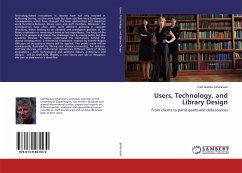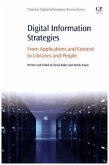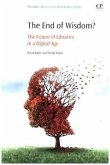Technology-based innovations in libraries have not only resulted in lightening boring, routine work tasks but have also had more fundamental consequences, which have changed the basic relationships and respective work functions between library users and staff members. Moreover, the consequences have often been quite different pointing in opposite directions, either leading to an elevated and prestigious position of the library profession or rendering it more or less superfluous. The focus of the book is to analyze and discuss the challenges met by mainly public but also academic libraries. To better understand the mechanisms behind the diverse consequences, a theoretical framework inspired by Everett Rogers Diffusion of Innovations theory will be applied. The points made will be consequently illustrated by library case studies concerning, for instance, staff-less libraries and institutional repositories. Different kinds of library innovations - both technological and aesthetic (library architecture and design) - will be dealt with. Besides, a .new library user role or metaphor: the user as data source is identified.
Bitte wählen Sie Ihr Anliegen aus.
Rechnungen
Retourenschein anfordern
Bestellstatus
Storno








